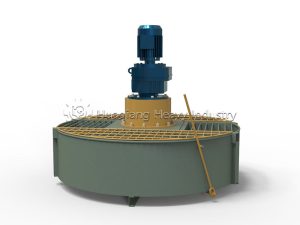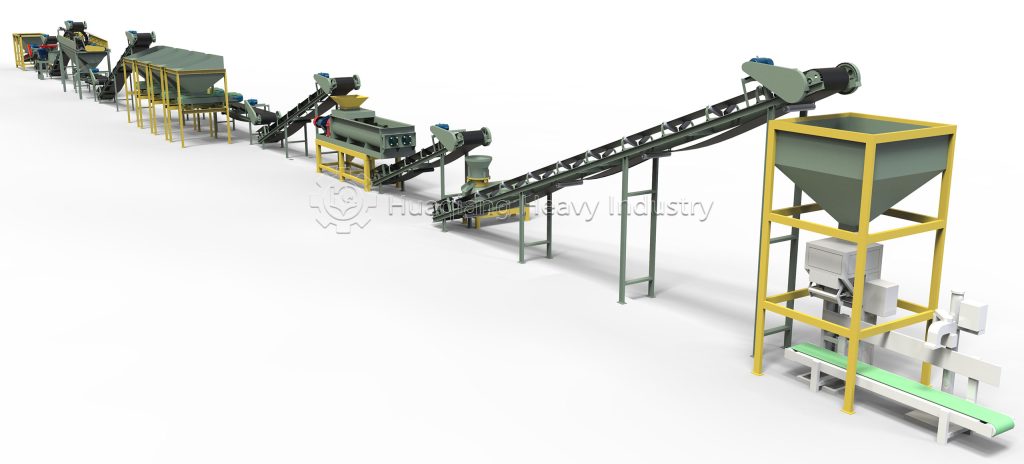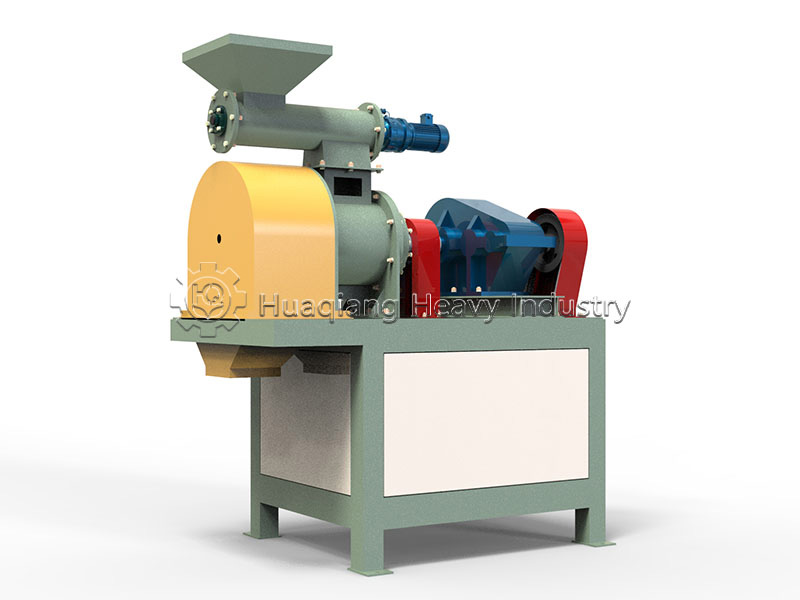Understanding the Fertilizer’s “ID Card”: N-P₂O₅-K₂O
Globally, water-soluble compound fertilizer packaging displays a three-digit code, such as “20-20-20”. This is not arbitrary numbering, but an internationally recognized fertilizer nutrient labeling system that precisely reveals the content of the three core nutrients in the product.
N – P₂O₅ – K₂O
(Nitrogen) (Phosphorus) (Potassium)
This set of numbers uses the format “X-Y-Z”, representing:
X: Percentage content of total nitrogen (N).
Y: Percentage content of phosphorus pentoxide (P₂O₅), representing available phosphorus.
Z: Percentage content of potassium oxide (K₂O), representing available potassium.
For example, a bag of fertilizer labeled “15-15-15” means that every 100 kg of the product contains 15 kg of nitrogen (N), 15 kg of phosphorus pentoxide (P₂O₅), and 15 kg of potassium oxide (K₂O). The remaining ingredients are fillers, trace elements, and adjuvants.




What is a “balanced” water-soluble fertilizer?
When the three numbers on the fertilizer packaging are the same or very close, such as 20-20-20 or 17-17-17, it is called a “balanced” compound fertilizer. This means that the ratio of the three main elements—nitrogen, phosphorus, and potassium—is approximately 1:1:1, which can evenly meet the basic nutrient requirements of crops during their growth cycle.
Common Balanced Formulas and Their Applications
20-20-20: A high-concentration, general-purpose formula with rapid action, widely used in hydroponics, drip irrigation, and during the rapid growth phase of crops.
15-15-15: Medium concentration, wide applicability, commonly used as base fertilizer or top dressing for field crops.
17-17-17: High-purity water-soluble formula, low in impurities, suitable for high-end horticulture and hydroponics sensitive to salt content.
10-10-10: Low-concentration formula, high safety, ideal for home potted plants and seedlings.
Beyond N-P-K: Key Characteristics of Water-Soluble Fertilizers
Besides the core nitrogen, phosphorus, and potassium, choosing a balanced water-soluble fertilizer requires attention to the following two points:
Complete Water Solubility
A truly balanced “water-soluble fertilizer” must be completely soluble in water without precipitation to ensure smooth application through drip irrigation, sprinkler irrigation, and other systems, and rapid absorption by crops. The packaging will usually clearly indicate “completely water-soluble” or “Water Soluble”.
Micronutrients
Many high-quality water-soluble fertilizers will have added micronutrients essential for crops, such as iron (Fe), zinc (Zn), and boron (B). These are usually indicated in the ingredient list as “+TE” or by listing the content of each element separately, providing crops with more comprehensive nutrition.
Scientific Application Guidelines
How to Choose?
General Care/Unknown Soil: Choose 20-20-20 or 15-15-15 as a safe starting point.
Seedlings or Sensitive Plants: Choose a low concentration of 10-10-10 and appropriately increase the dilution ratio.
Hydroponic and Soilless Cultivation: Choose high-purity 17-17-17 or 20-20-20 to avoid clogging the system.
Flowering and Fruiting Stage: At this stage, more phosphorus and potassium are needed; switch to a high-phosphorus and potassium formula (such as 10-30-20) instead of a balanced formula.
It is important to note that “balanced” refers to a balanced nutrient ratio, not a universally applicable approach. The nutrient requirements of crops change dynamically at different growth stages, so flexibly adjusting fertilization strategies is crucial.
From Formula to Granule: The Production Journey
The precise N-P₂O₅-K₂O ratios on fertilizer labels represent the culmination of sophisticated manufacturing technology. Behind every bag of balanced 20-20-20 fertilizer lies a complex npk fertilizer production process that transforms raw materials into uniform, nutrient-rich granules.
Modern npk fertilizer production technology typically begins with precise ingredient blending using specialized npk blending machines. The mixed materials then undergo fertilizer granulation through advanced equipment like disc granulator machines or other npk granulation machines. This npk granulation machine technology is crucial for creating consistent, durable pellets that won’t break down during storage or transport.
Key Production Equipment: npk blending machine • npk fertilizer granulator machine • npk bulk blending machine • fertilizer mixer machine • disc granulator machine • npk fertilizer production line
The complete npk fertilizer manufacturing process integrates multiple stages – from raw material preparation and mixing to granulation, drying, and packaging. Each npk fertilizer machine in the npk fertilizer production line plays a vital role in ensuring the final product meets the precise nutritional specifications shown on the label.
Understanding both the fertilizer’s nutritional composition and the npk production process behind it empowers farmers and gardeners to make informed decisions. The marriage of precise nutrient formulas with advanced manufacturing techniques ensures that plants receive the balanced nutrition they need for optimal growth and productivity.
Conclusion
Understanding the “N-P-K” labeling of balanced water-soluble fertilizers is the first step in scientific fertilization. This globally standardized system allows us to easily select and compare products. Remember, the most effective fertilization plan is based on a comprehensive assessment of crop characteristics, growth stage, and growing environment, ensuring that every nutrient is used to its fullest potential.








